A time will come when your tires will wear out and you'll have to replace them. But can you change it to a size higher, like going from 265 to 275 or 285 tires? We researched for answers and here is what we gathered.
Fortunately, you can change your tires from 265 to either 275 or 285. However, you must keep in mind to change all of your tires to the same size. Moreover, you have to ensure they have the same rim diameter. Otherwise, you should not go for it.
Let's now discuss the differences between these tires. We'll cover what 265, 275, and 285 on your tire markings mean, when to replace your tires, and how often should you do it. We'll also discuss what factors affect the longevity of tires. So keep reading and stay with us until the end of this article.
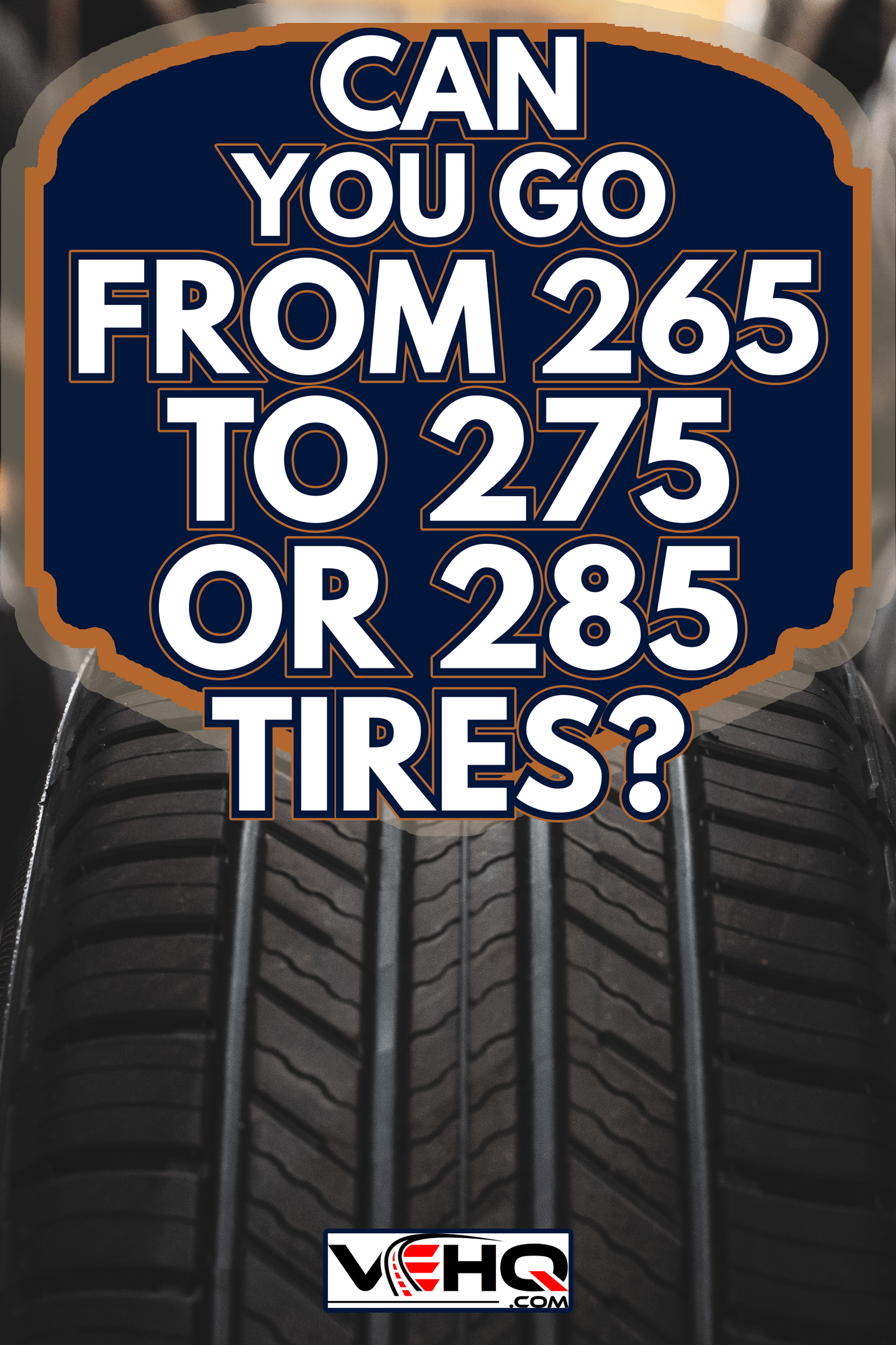
What's The Difference Between 265, 275, and 285 Tires?
To better understand this section, you can refer to the table of the characteristics of 265, 275, and 285 tires as shown below:
| Category |
265/70R17 |
275/70R17 |
285/70R17 |
| Section width (in) |
10.43 |
10.83 |
11.22 |
| Rim Diameter (in) |
17 |
||
| Rim Width Range (in) |
7 to 9 |
7.5 to 8 |
7.5 to 9 |
| Overall Diameter (in) |
31.61 |
32.16 |
32.71 |
| Sidewall height (in) |
7.30 |
7.58 |
7.85 |
| Radius (in) |
15.8 |
16.08 |
16.35 |
| Circumference (in) |
99.29 |
101.03 |
102.76 |
| Revolutions per mile (rpm) |
658.10 |
646.82 |
635.92 |
Remember, when replacing tire sizes, it is recommended to stay within 3% of the original tire's diameter and height. If you exceed this limit, you risk braking failure.
How To Read The Numbers On Your Tires?
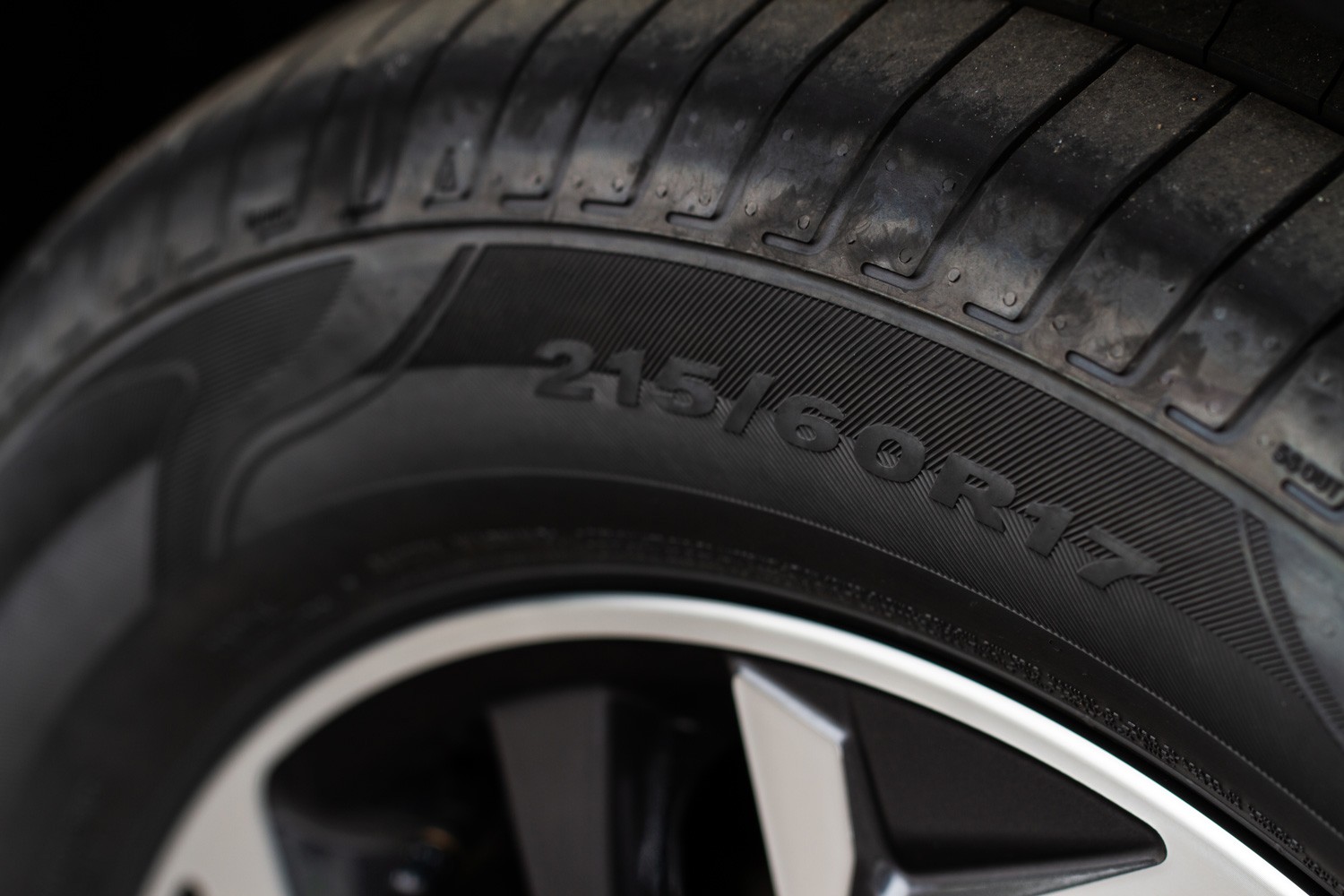
Have you ever wondered what those number on your tire means? Say, for example, you have a tire number that reads 265/70R17. What do those side markings mean? How do you read it?
Using our example, the markings on your 265/70R17 mean:
265/Section Width
This means the measurement of your tire in millimeters. It is the measurement of a tire's sidewalls from the point where they join to the rim to the point where the tread begins.
70/Aspect Ratio
It is the sidewall height stated as a percentage of the tread width. An aspect ratio of 70 implies that the section height of your tire is 70 percent of its section width.
R/Construction Type
The radial construction of the tire is represented by R. The letter B, which stands for cross-ply structure, can also be found on numerous tires. Radial tires, on the other hand, are the most popular.
17/Rim Diameter
It is the tire's interior diameter. It is measured in inches and indicates the rim diameter or rim height.
What Happens When You Upsize Your Tires?
The speedometer and odometer are the first items to be altered when you start driving. Both of these meters are calibrated to the size of your tires, so as you experiment with tire size, the accuracy of both will diminish.
Keep in mind that choosing the wrong size of the tire can make your vehicle more dangerous, so consult with a mechanic before switching tire sizes and choose whichever is still safe for your vehicle.
What Factors To Consider Before Changing Tires?
In buying and changing new tires, here are a few things to consider:
Load Index
It's critical to consider your vehicle's load index while choosing new tires. Installing tires that handle the weight your vehicle requires is critical to ensuring the safety of your vehicle.
Speed Rating
If you are not changing all four tires, the speed rating is an important consideration. Always match the speed rating of new tires to the speed rating of the tires you're maintaining on your car.
Style Of Driving
The type of tires required for your vehicle is mostly determined by your driving style. It's critical to choose a tire type that will support your driving style, whether you're a city driver or a long-distance motorist, or if you encounter smooth or terrible road surfaces.
Type of Weather
Because tires come in several types with varying characteristics, it's crucial to think about the type of weather you usually drive in when choosing your tires. Pay attention to the cold weather temperature and dry climate qualities of new tires when shopping.
When Should You Replace Your Tires?
The best way to tell if your vehicle needs new tires is to have them checked by a professional, but there are several things you can do to check them yourself.
A tire's tread must be at least 2/32" deep to meet regulatory safety regulations in the United States. You should replace your tires if they do not meet or are close to reaching the 2/32" criterion.
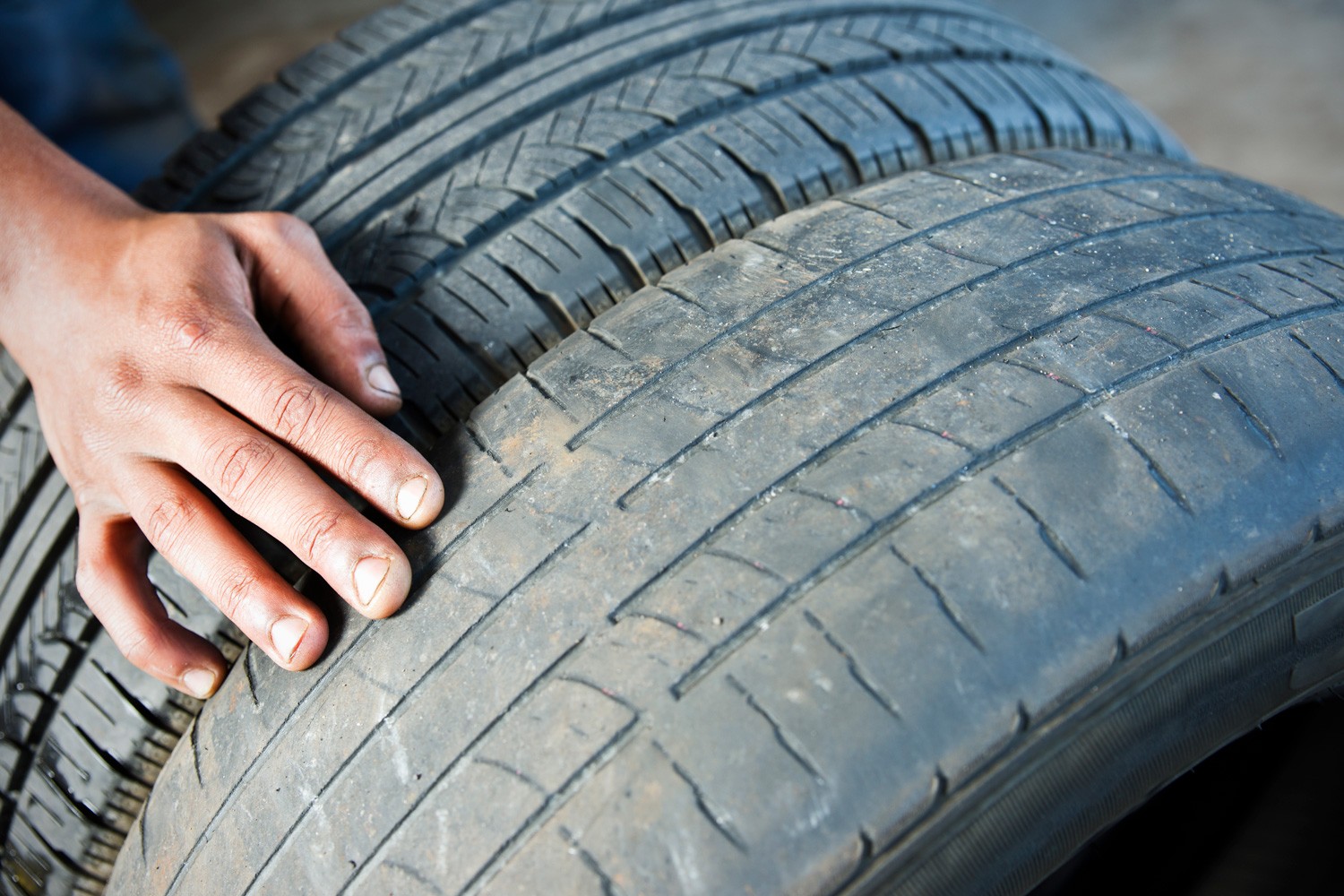
To check your tire treads, you can test them by:
- Visual Inspection
- Penny Test
Visual Inspection
Begin with the tread, which is the section of the tire that makes touch with the road. Check to see if the tire tread is deep enough and worn evenly all the way around.
Treadwear indicators, sometimes known as "wear bars," are integrated into all DOT-regulated tires to assist you to notice when the tread is going low.
These markers can be found throughout the tread and will be flush with the tread surface once the tread has worn down to two-thirds of an inch.
You should also inspect the sidewalls of each tire for noticeable deterioration.
Penny Test
The Penny Test can also be used to assess your tire tread. In only a few minutes, you may run this test in your driveway.
The penny test is used to see if you've crossed the 2/32" threshold. The following is how it works:
- Insert a penny in the tread of your tire.
- Make Lincoln's head point down into the tread by turning the penny.
- If the top of Lincoln's head "disappears," your tread depth is still greater than 2/32" and you're set to go. If you can see his entire head, it's necessary to replace the tire since the tread is too shallow.
To further understand the penny test, you can watch this short clip:
Examine all four tires, paying specific attention to the regions that appear to be the most worn. It may be time to replace your tire if any components of it fail the penny test.
What Are The Signs Indicating That You Need To Change Tires?
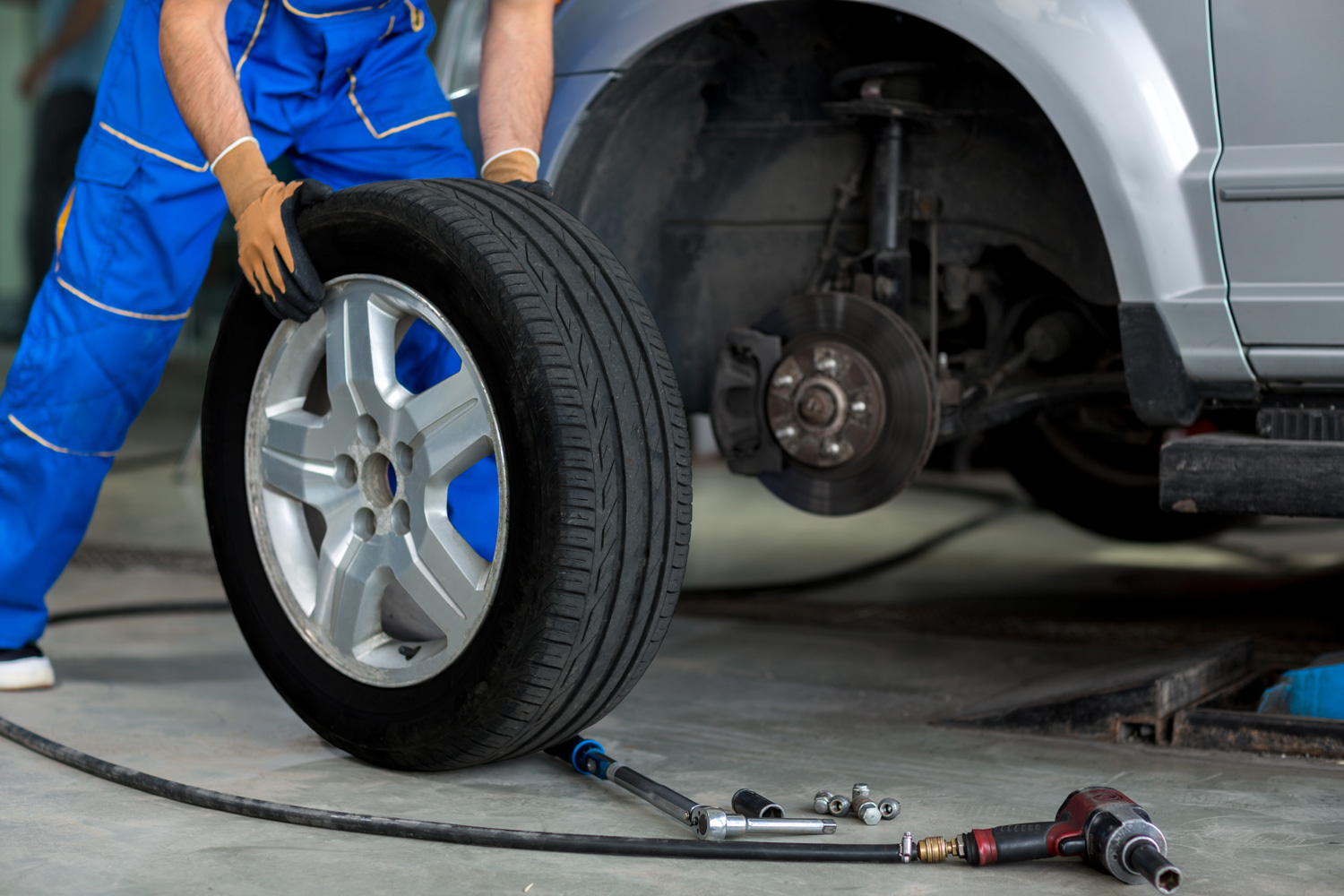
Aside from tread wear, here are some other signs that your tires need to be replaced:
1. Bubbles And Bulges
A bulge in your tire usually signals that the tire's strong internal frame has been broken, allowing air pressure to reach the tire's flexible outer layers.
Even if the tread condition is good, you should replace any tire with sidewall bulges or bubbles promptly.
2. Vibration
You may sense a vibration in the steering wheel if your tires have been worn down unevenly. Vibration can also be caused by bad alignment, thus a tire professional should be consulted to determine the source of the vibration.
3. Cuts or Cracks On The Sidewall
Tire age is the most frequent cause of tire sidewall cracking. A tire's exposure to a variety of extreme circumstances causes the rubber in the tires to degrade over time.
Even if the tires aren't in use and you store them in a location where cracking can't develop, the same impact occurs. Sunlight, high heat, road chemicals, and ozone exposure are the most common causes of cracking.
Cuts, on the other hand, are usually caused by force, such as colliding with a hard object.
4. Embedded Stones Or Nails
If something is stuck in the tire, you need to fix it right away. Even if the hole isn't generating a lot of leakages, ignoring a hole caused by anything like a nail can cause the driver difficulties later.
Moisture can get into the tire and rust the steel parts. If not removed promptly, lodged objects might weaken the tire's region, potentially resulting in dangerous blowouts.
5. Broken Valve Caps
If the cap cannot be tightened sufficiently, it will continue to loosen. The thread on the stem may become destroyed if it is excessively tight. A leaking valve cover can allow dirt, moisture, and debris to enter the tire.
How Often Should You Change Your Tires?
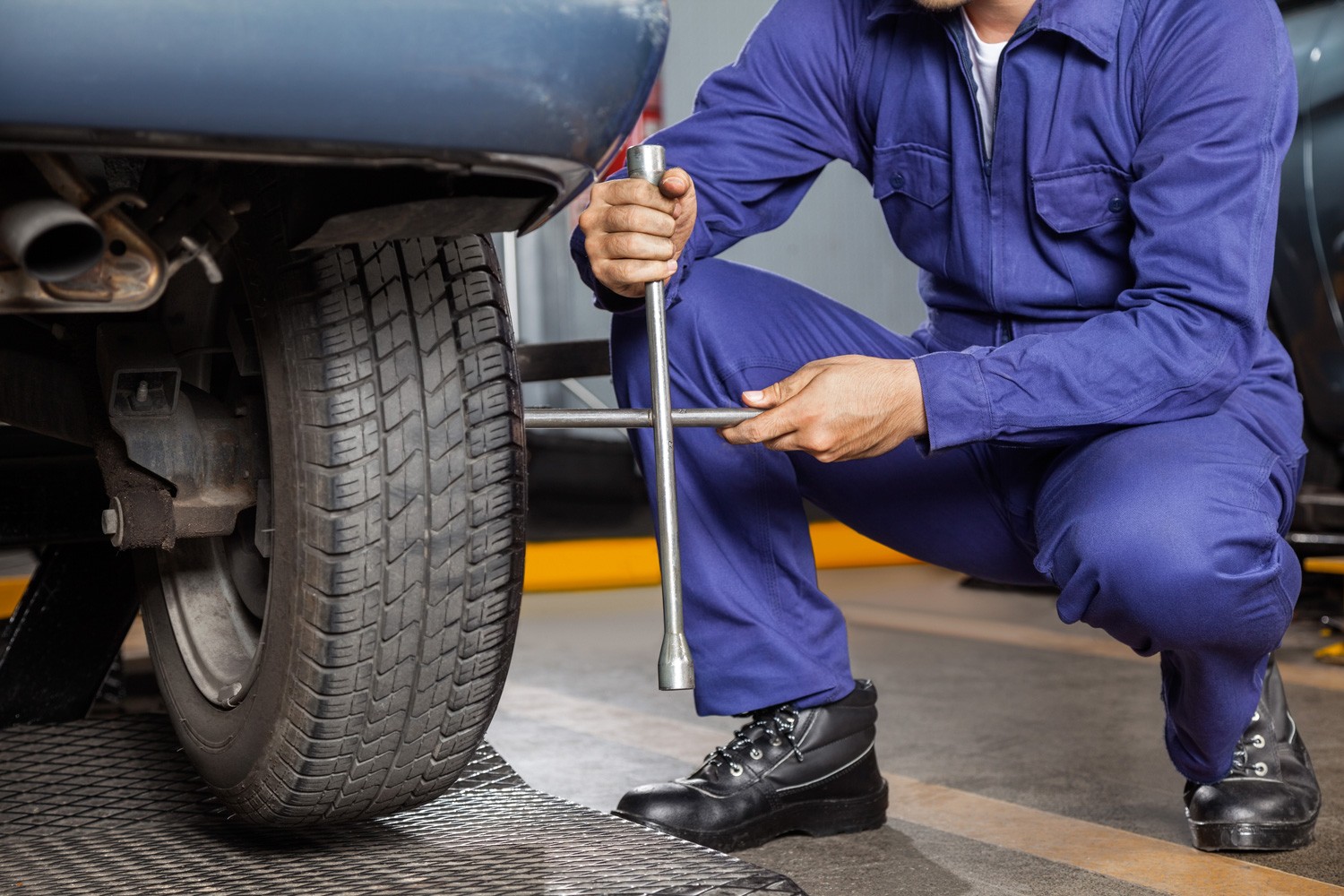
Drivers are recommended to replace their tires every six years as a general rule, according to the National Highway Traffic Safety Administration. However, wear and mileage also affect the longevity of your tire.
Because tires make contact with the road, they are subject to frictional forces—the more you drive, the more material wears away.
In addition, most current tires are designed to be replaced every 25,000 to 80,000 miles. The more performance-oriented the tire, the fewer miles it needs to travel before needing to be replaced.
Do You Need To Replace All Tires At The Same Time?
It is always preferable to replace all four tires at the same time. This is because each of the four tires spins independently of the others, and various tread depths and/or types can cause them to spin at different speeds.
This might potentially harm the drive train and interfere with an indirect TPMS system if the car has one.
Note: Indirect TPMS determines tire air pressure depending on how fast the wheels spin.
Final Words
When certain factors, such as rim diameter, aspect ratio, section width, and construction type, are met, then changing your tires from 265 to 275 or 285 is doable. However, it is best to consult a professional if you want this to happen.
Before you leave, you can check out these related articles to learn more about car tires:
Why Do New Car Tires Wear Out So Fast?
